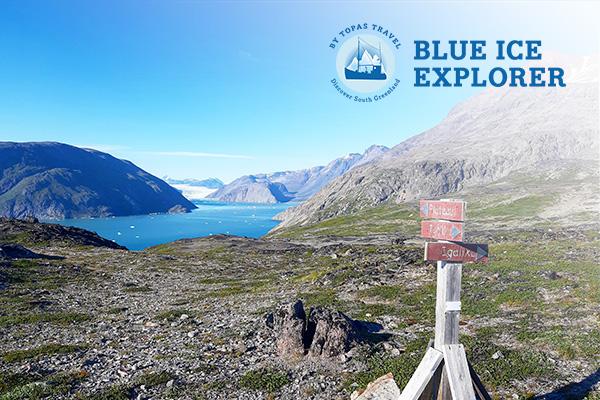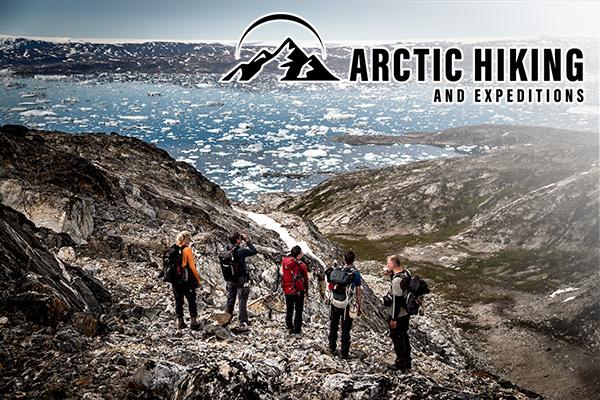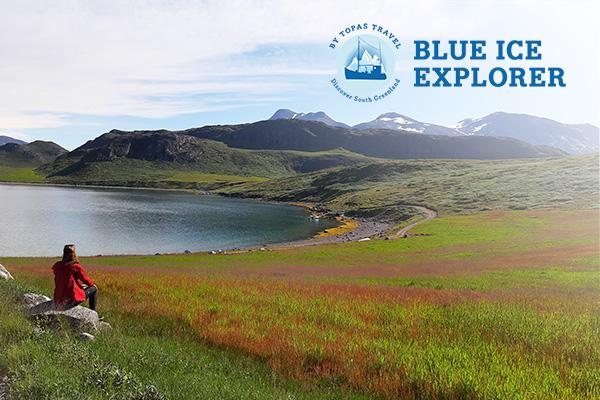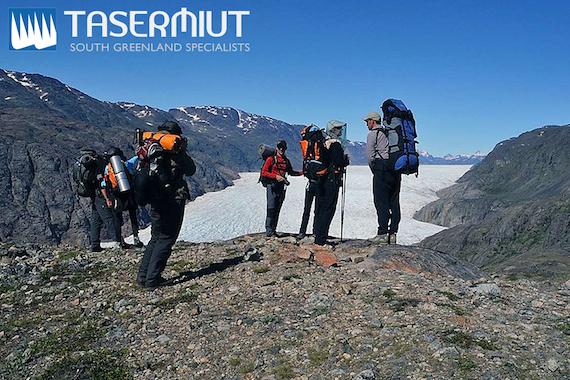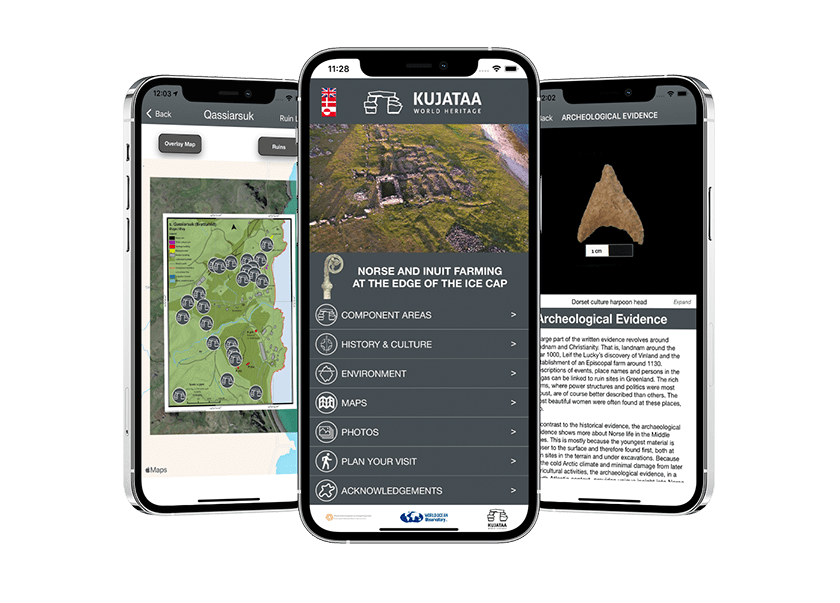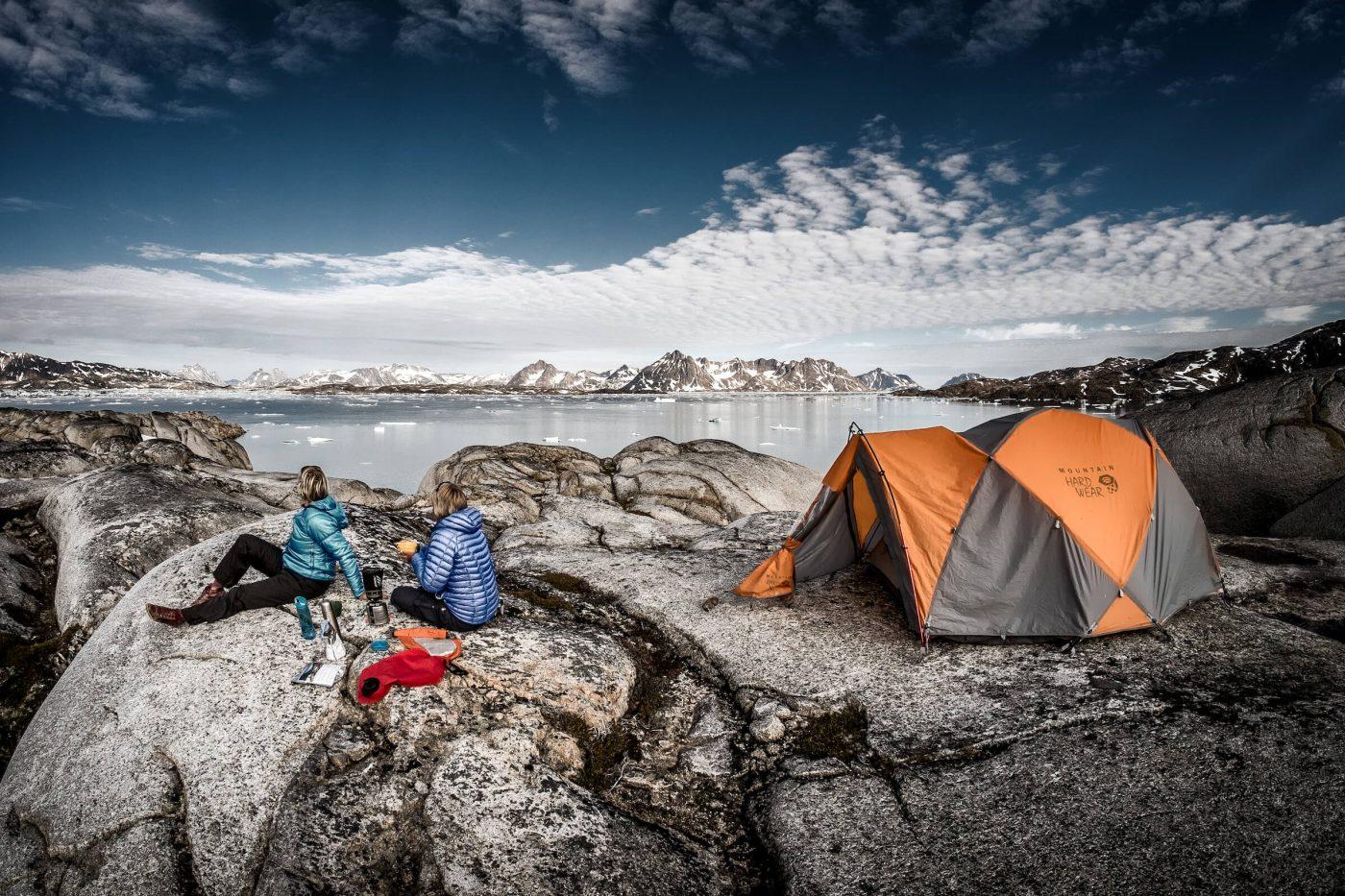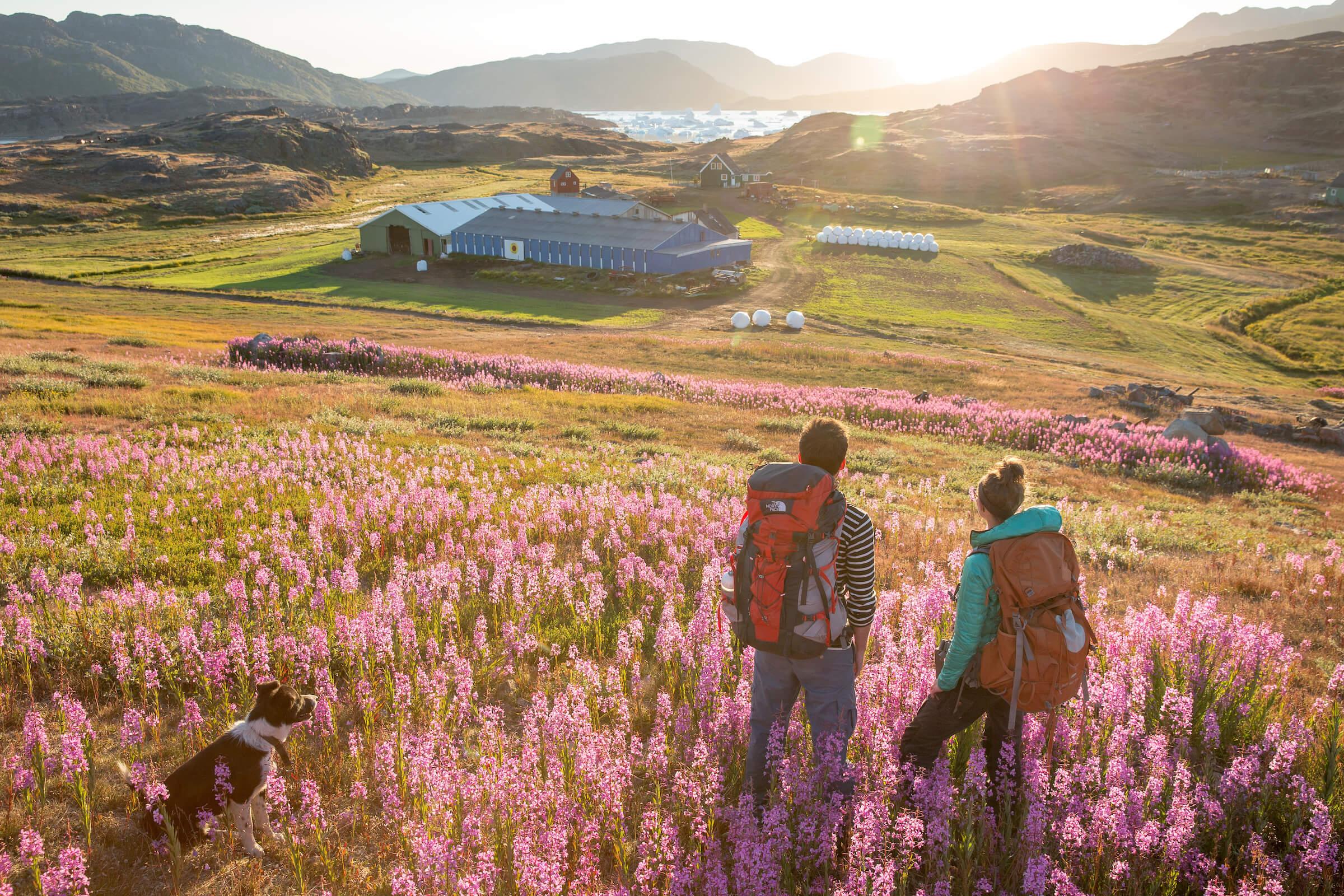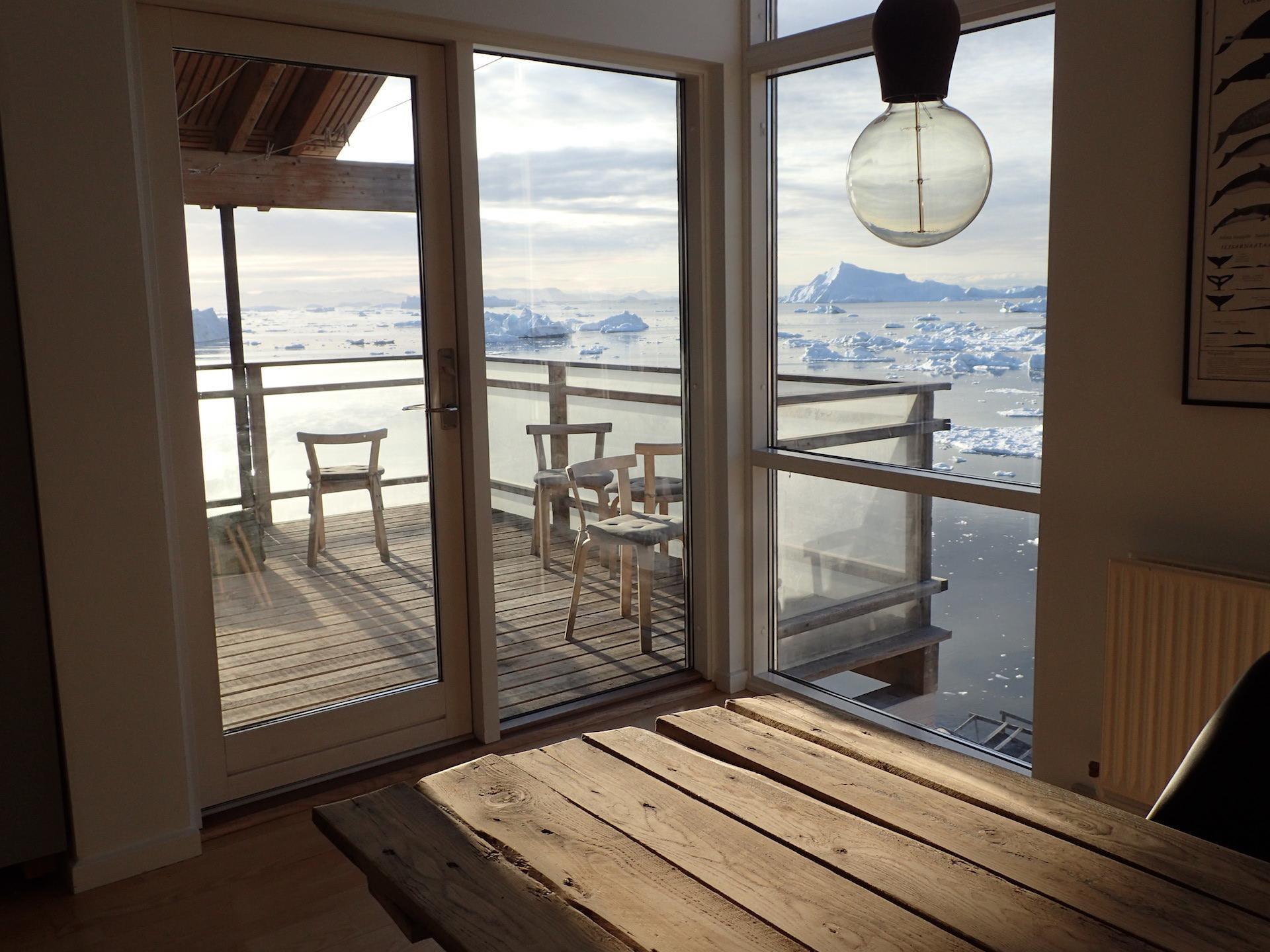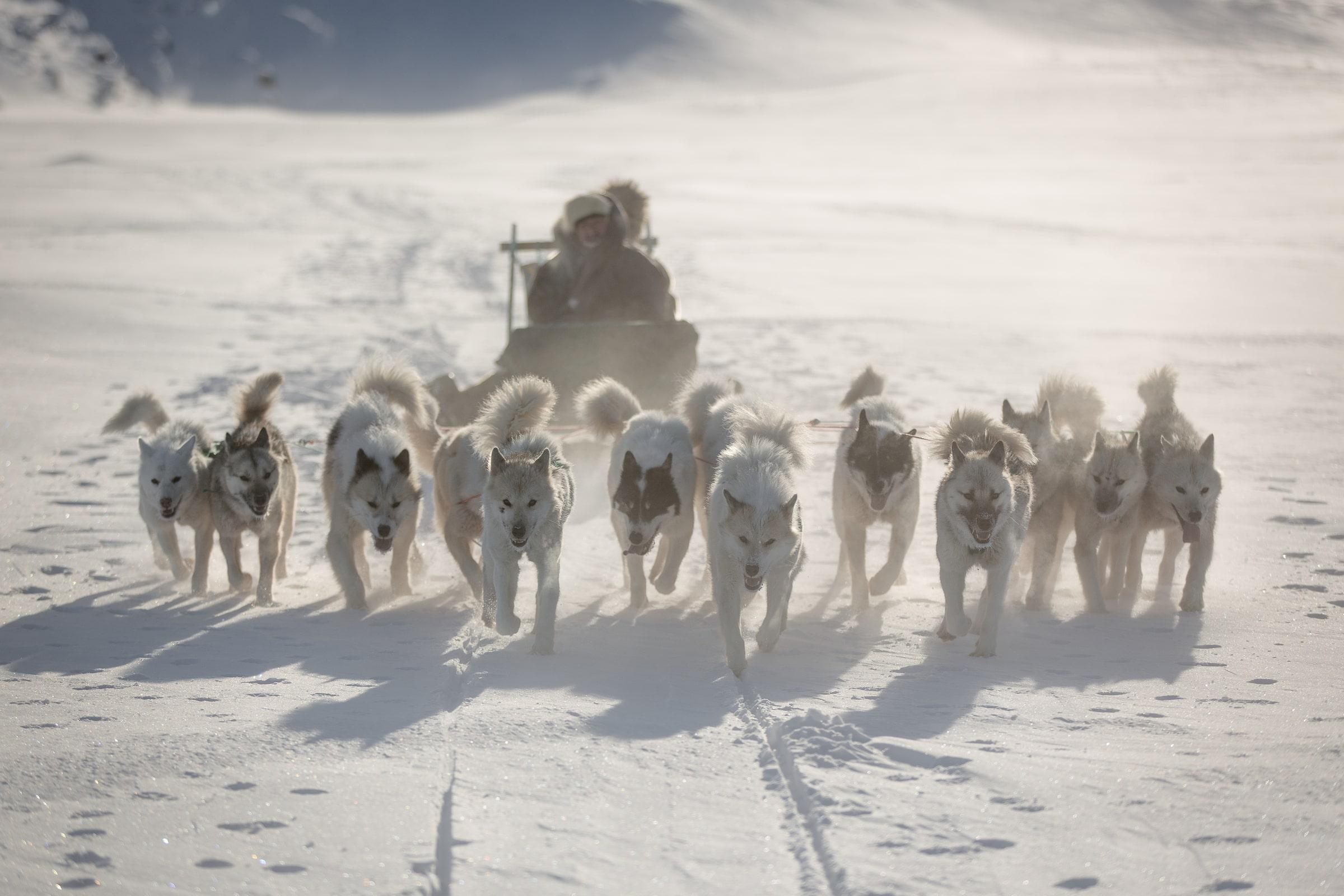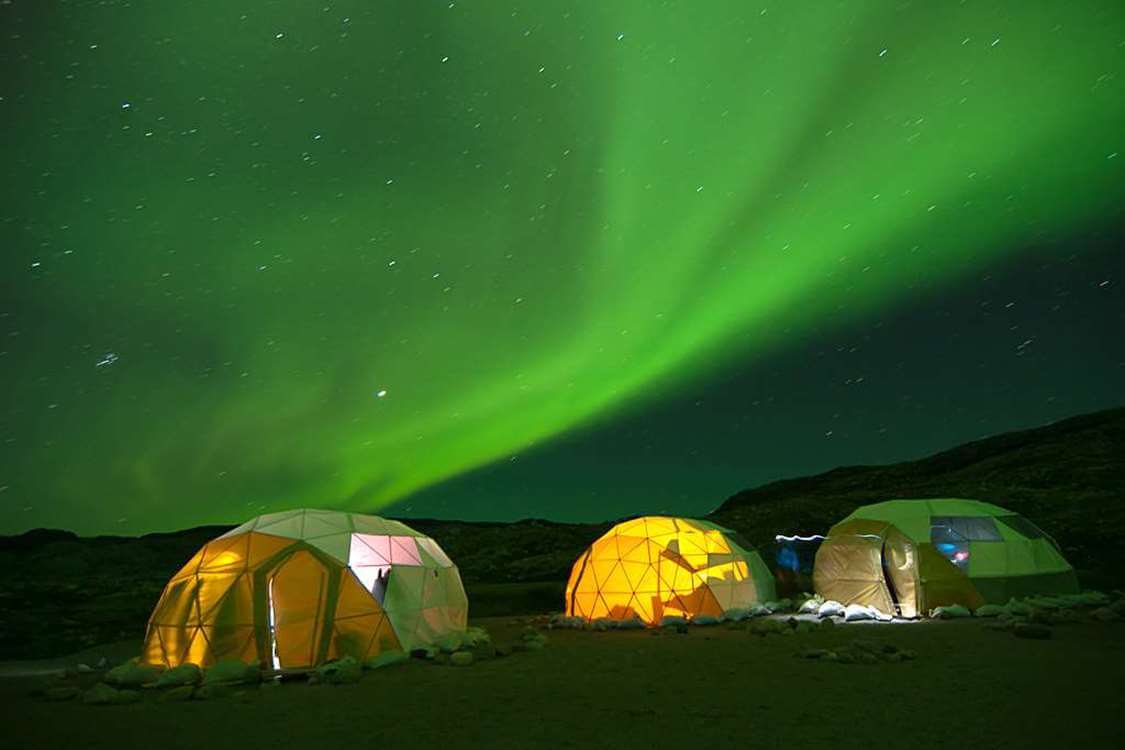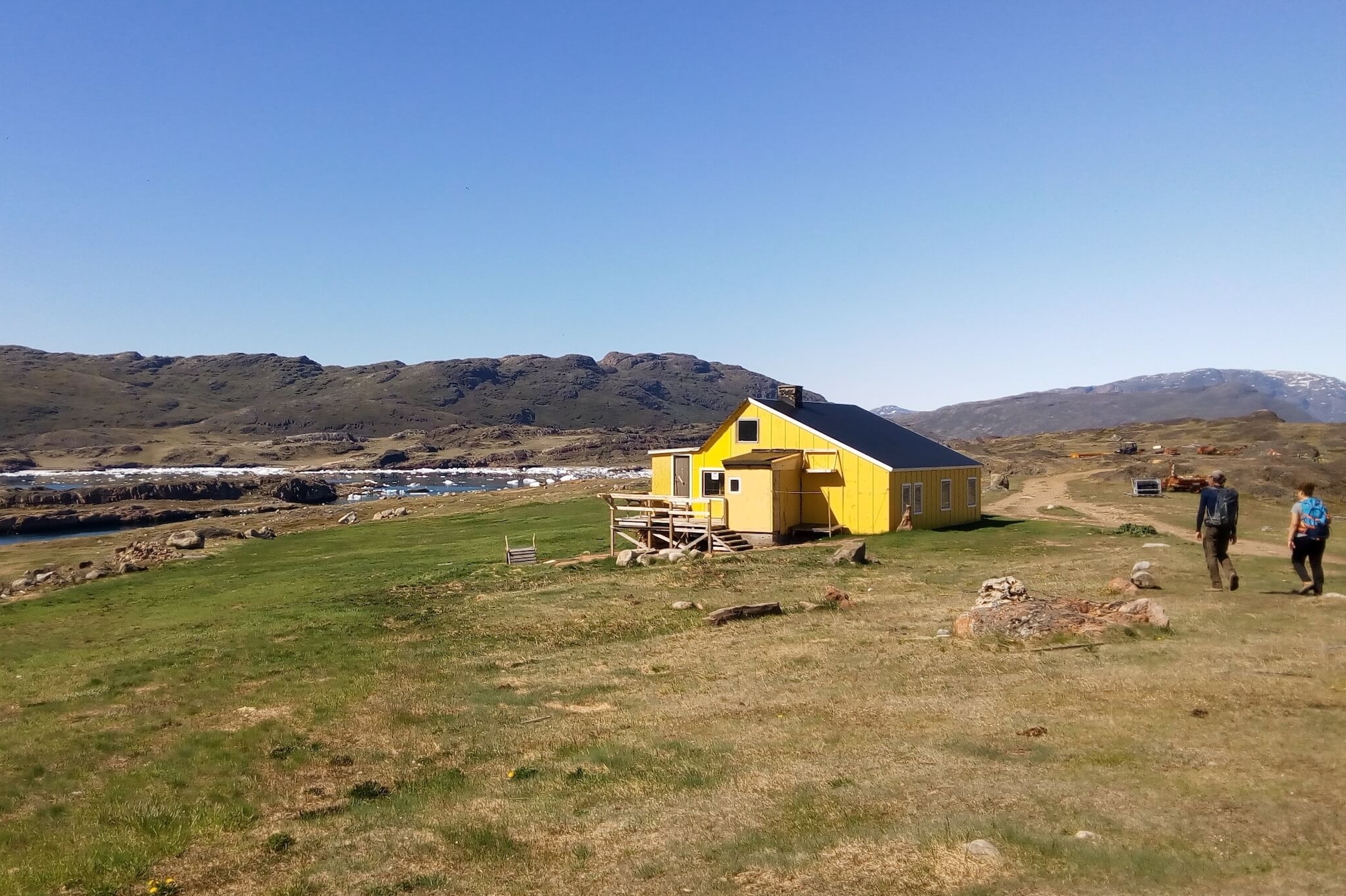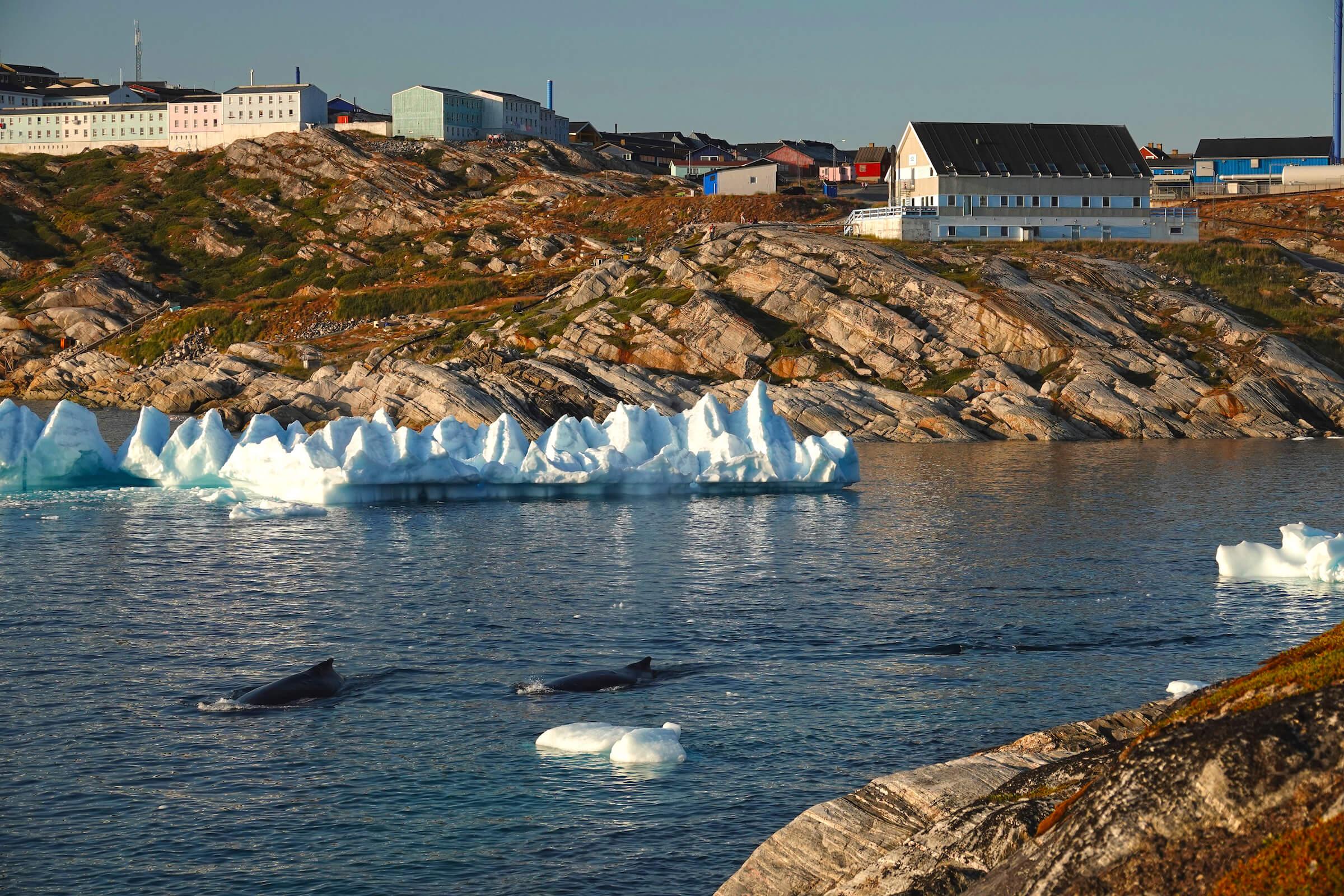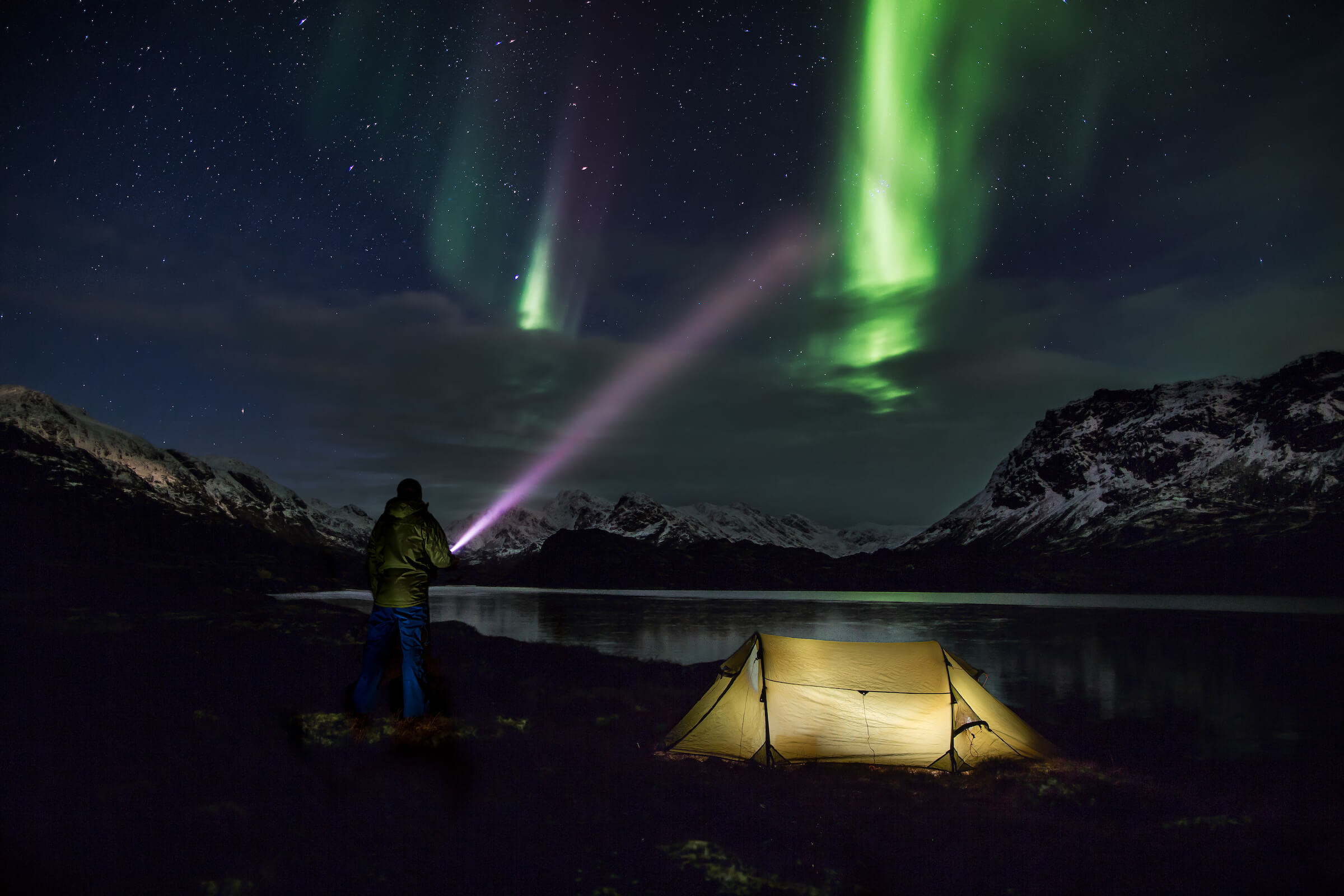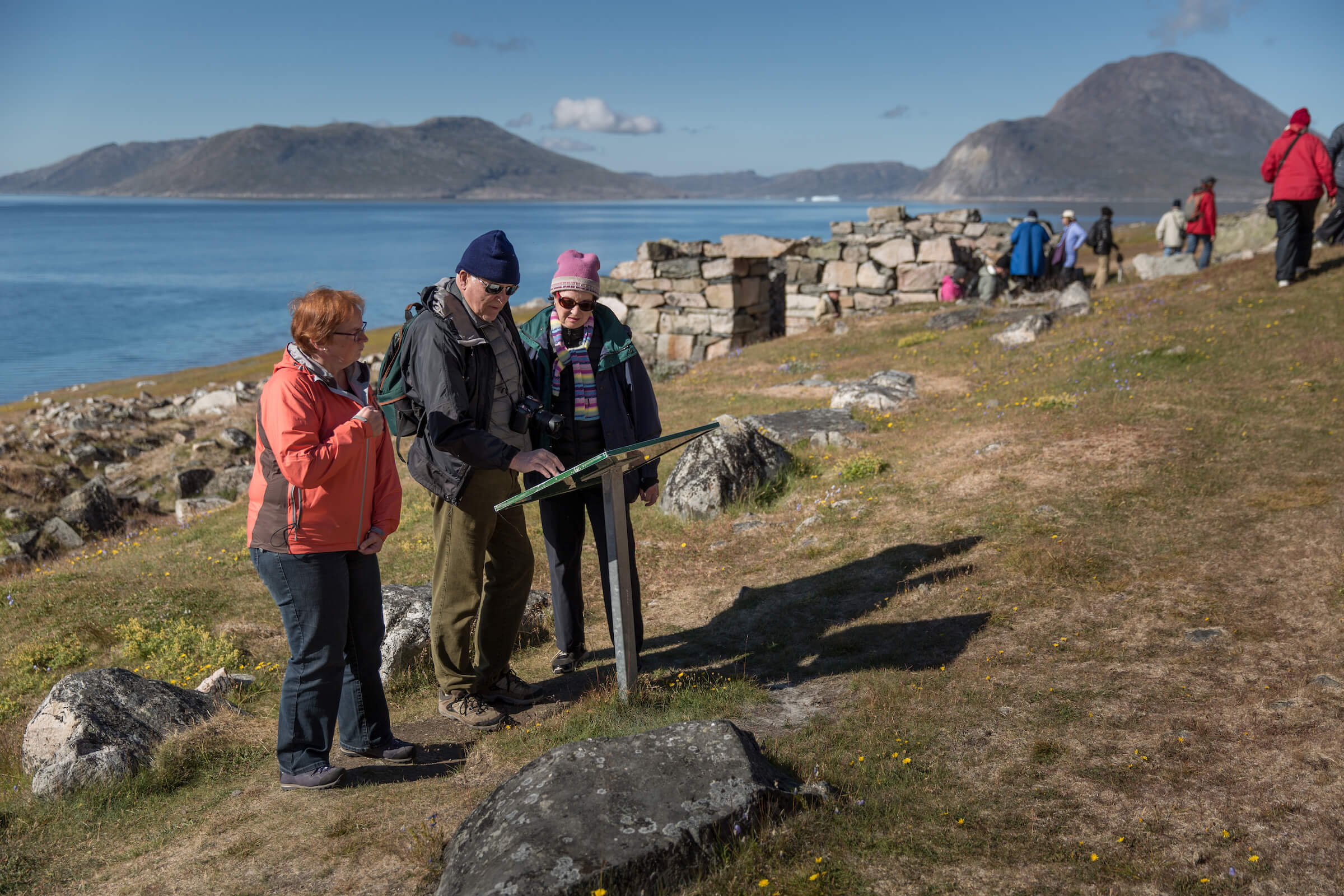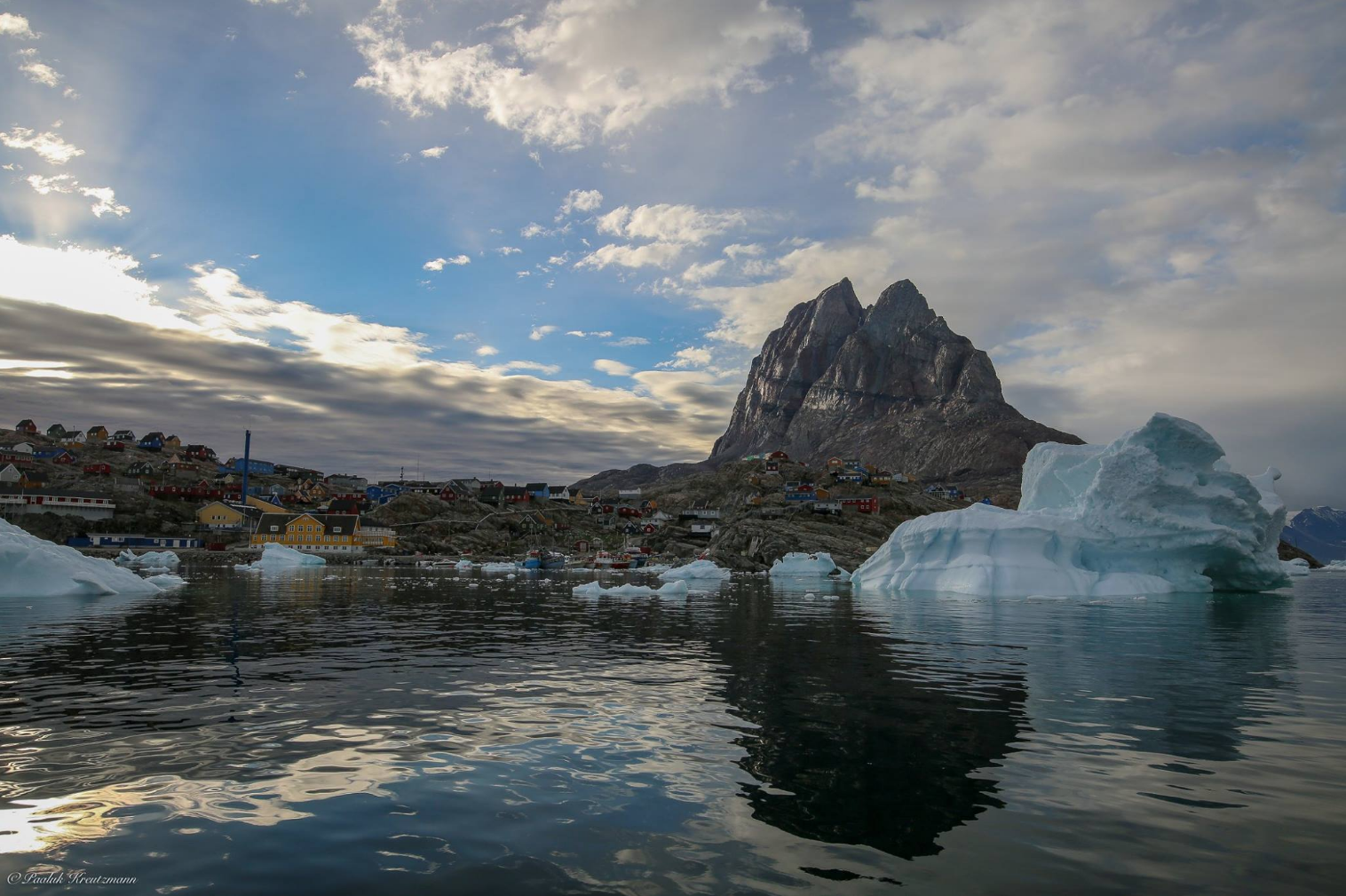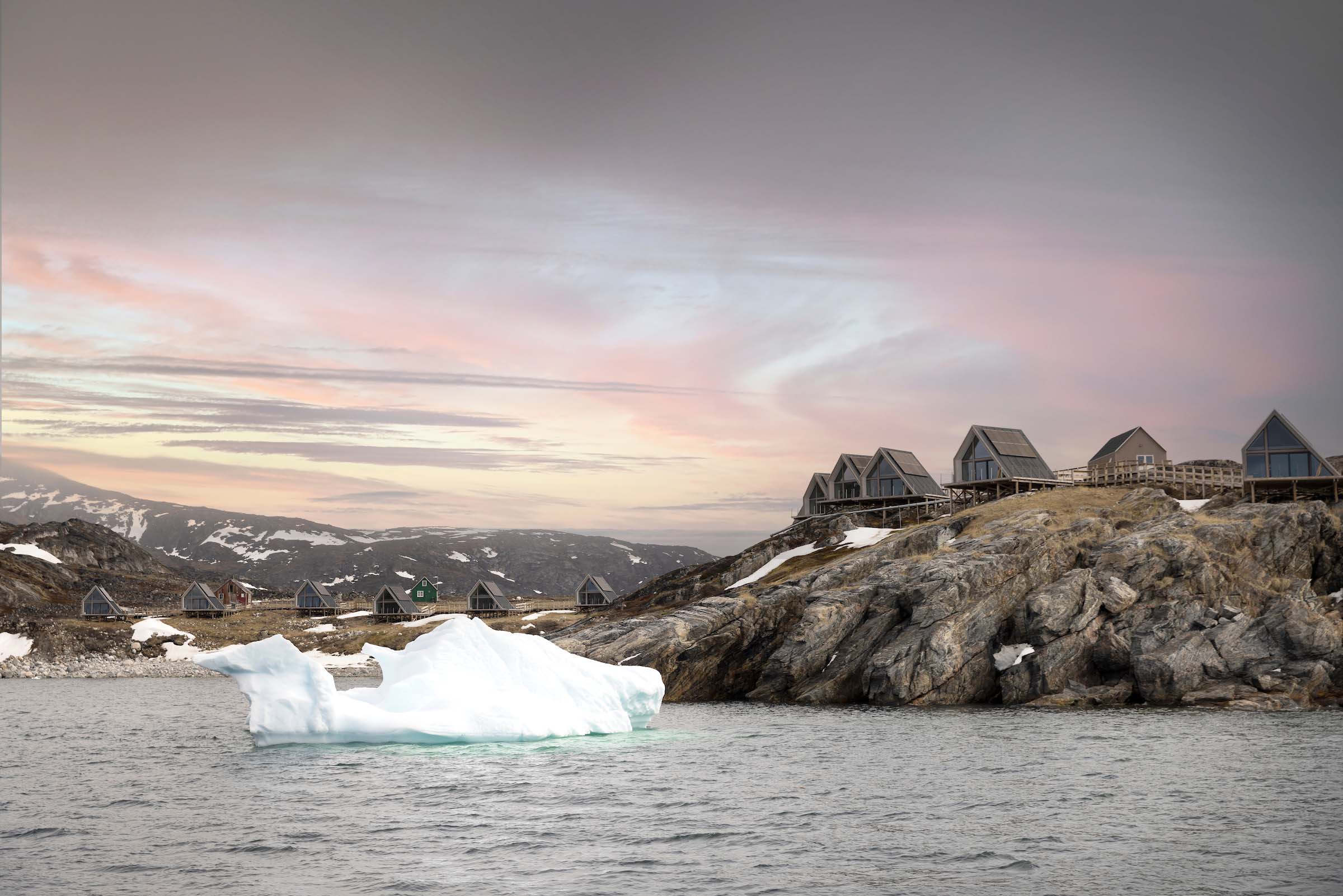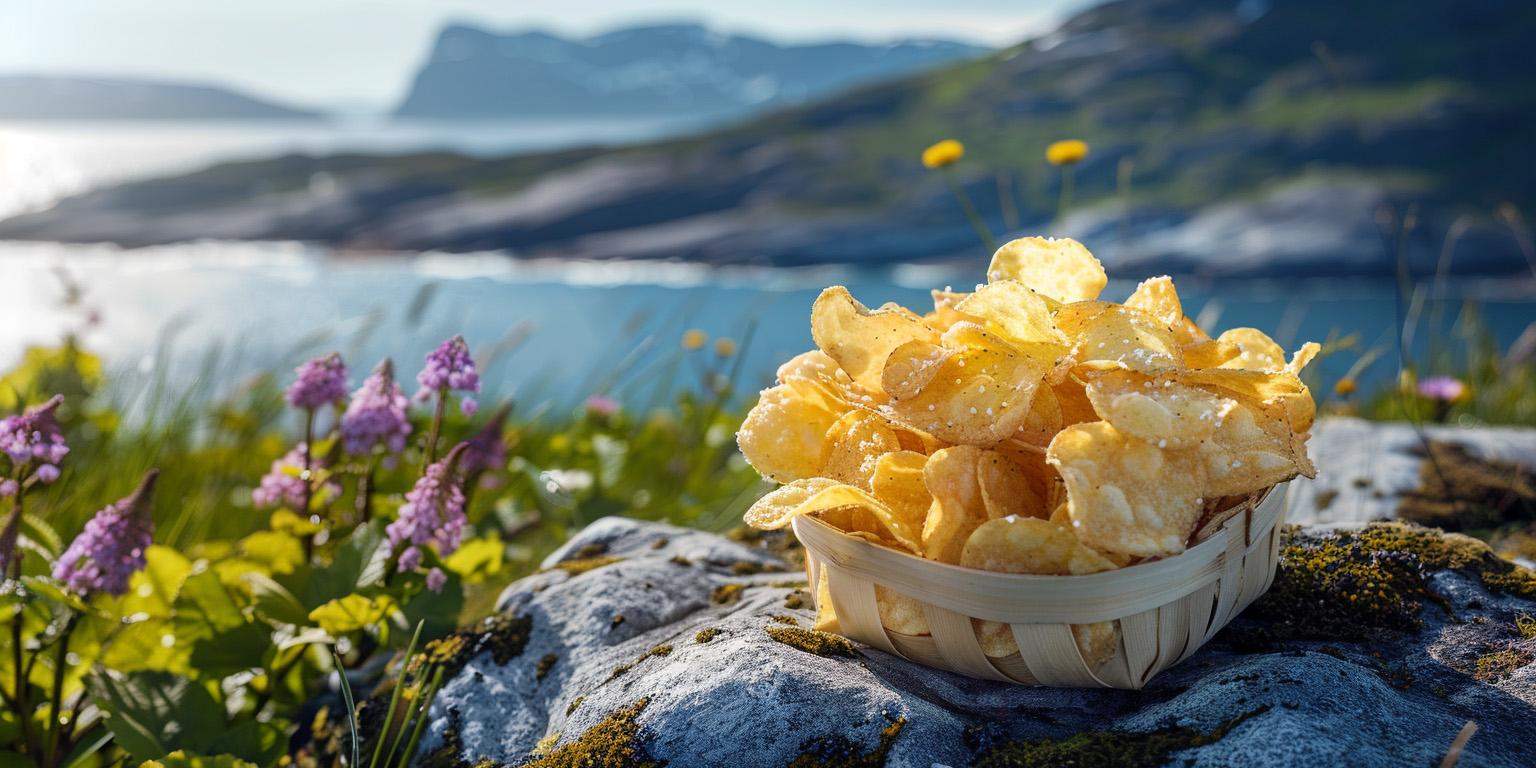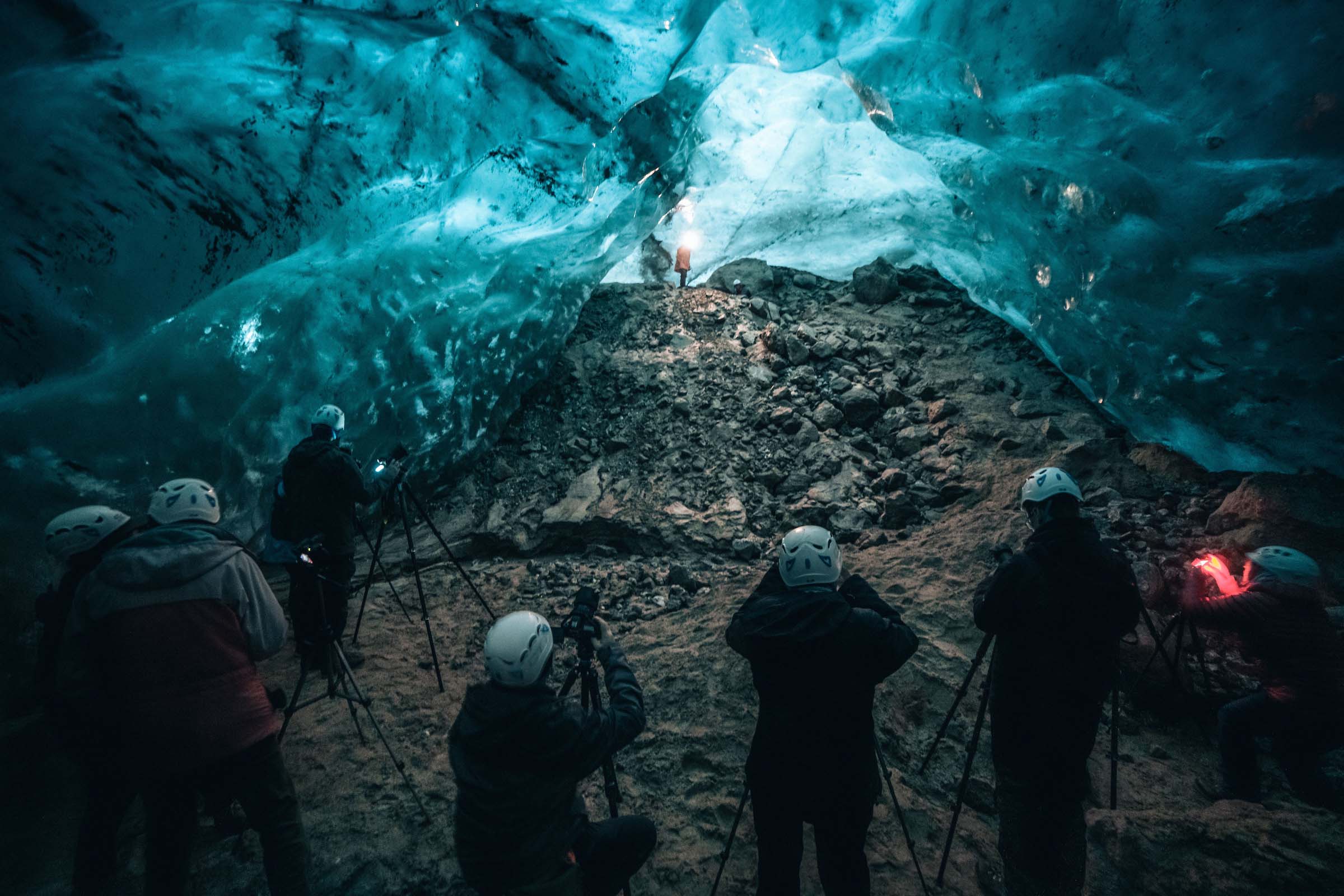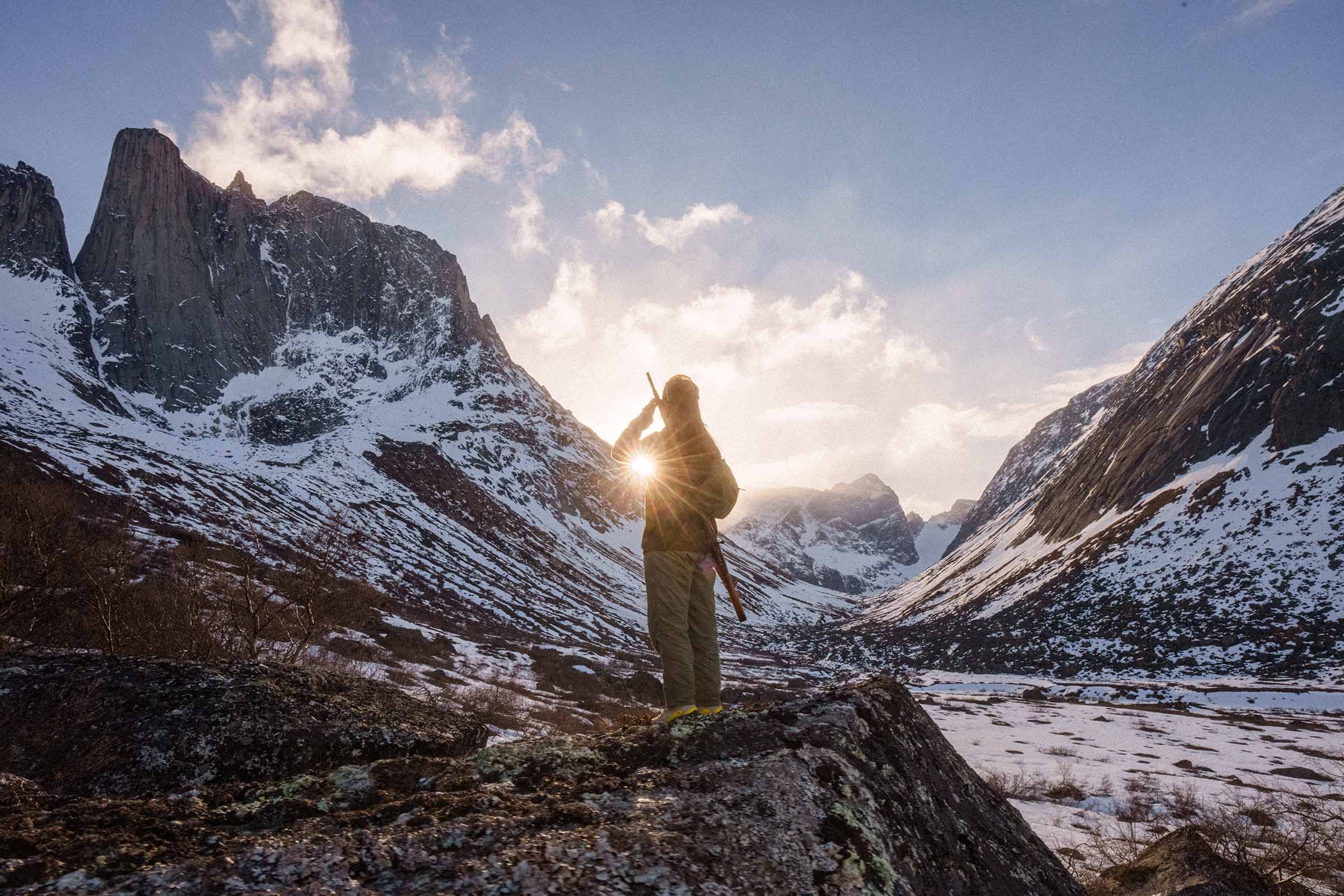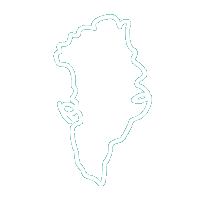South Greenland has an incredible system of hiking trails that link towns and villages to each other and link you to Greenland’s Viking history. Ruins of Nordic farms and churches pepper the entire region and greet you as you traverse South Greenland’s lush green hills.
The Arctic Circle Region is a fine place for trekking with one of the best marked hiking trails leading from the Greenland Ice Sheet all the way to the west coast. In less than two weeks you can traverse every lake and landform in the region! Not to mention the most popular hiking trail in Greenland: Arctic Circle Trail!
The Ilulissat Icefjord in North Greenland is a spectacular site to experience on foot. Hike along the edge of the Icefjord or set up camp next to one of the nearby glaciers. We promise that the sight and symphony of icebergs will be imprinted on your mind for years to come.
For a completely different view, go hiking in East Greenland where the mountains are taller and the landscape is more dramatic than much of the west coast. Near Tasiilaq, reach the tops of the mountains just behind town or take the scenic route through the Valley of Flowers.
ESSENTIAL READING IF YOU’RE THINKING
OF HIKING IN GREENLAND
If everyone in the hiking group is a beginner, then it’s best to choose a route that matches your abilities, e.g. a marked fell-walking route, possibly with overnight stops in huts. But how do you go about finding the best route? Well, it requires a little research, including enquiries at different tourist offices and time invested in studying tour descriptions either in books or on the Internet. You’ll then have to study the maps in more detail in order to analyse the route in relation to your abilities and to establish a realistic rhythm, e.g. 10-15 km per day in good terrain, as well as taking into account the wishes of the other members of the group – which could include trout fishing or taking time out to look more closely at historical attractions in the mountains.
The most important prerequisite for a successful trip is thorough knowledge of maps and compass or a GPS. Marked routes are good and provide a certain degree of reassurance for new beginners, but what would happen if it suddenly became very foggy and visibility was limited? In this case, it’s more than just nice to know where you are – it’s an absolute necessity! Practice makes perfect, so groups should make several trips together using a map, satellite phone and compass/GPS prior to the hike proper in order to ensure that everyone gets used to hiking together. This experience will be invaluable in the fells. Training hikes also teach you something else: establishing familiarity with your equipment. You’ll be able to break in your walking boots and get an idea of who’s to have responsibility for what – including shared equipment, which should be distributed amongst all participants owing to its weight.
There are endless possibilities for hiking trips in Greenland and it’s impossible to name all of them here. Certain routes are marked, but otherwise the majority of hikes in Greenland follow unmarked paths without bridges, signposts, etc. You can always find areas with a degree of difficulty to suit your needs, regardless of whether you’re a new beginner or an expert mountaineer. Visit Greenland has published a large number of hiking maps covering many different areas in Greenland with the routes depicted in different colours according to their degree of difficulty.
THE HIKER’S 12 COMMANDMENTS
1. Your physical condition is of course relevant in terms of your hiking trip. You must choose the route according to whatever you’re able to manage. If you have any limitations owing to health problems, you must take this into account. Don’t embark on a hike without first having carried out appropriate training and make sure you plan the trip carefully.
2. Make sure you remember to submit your hiking route to a tourist office in the area in question. They’ll then know where you are if it becomes necessary to conduct a search for you. Tell them where you’re staying, where you’re going and when you expect to return.
3. The weather is crucial on a hiking trip. Listen to the weather forecast and pay great attention to the weather conditions. How hikers cope with different weather conditions is very much an individual consideration, but don’t set out if the weather is bad!
4. Listen to good advice from experienced hikers.
5. Be prepared for bad weather and accidents, even on short trips.
6. Always remember hiking maps and compass or GPS.
7. Never go out alone.
8. Turn back before the weather conditions become critical.
9. Save your energy and look for shelter while there’s still time.
10. Always take the necessary first aid equipment with you.
11. Always bring extra warm clothing, even on short trips.
12. Don’t leave waste such as plastic, metal or other items behind. Not only do they spoil the countryside, they may also pose a potential danger to wildlife.
INFORMATION
Weather forecasts are broadcast four times a day (06:05-11:05-16:05-21:05) via VHF in English (summer only), Greenlandic and Danish. Enquire at the local tourist office as to which VHF channel you should use.
Numbers:
Weather forecast in Danish, tel. no.: 154
Shipping forecast in Danish, tel. no.: 158
Find inspiration for Hiking Checklist and Equipment for hiking in Greenland
Useful links
Topo Greenland, GPS electronic map
Scanmaps.dk
Delorme.com

